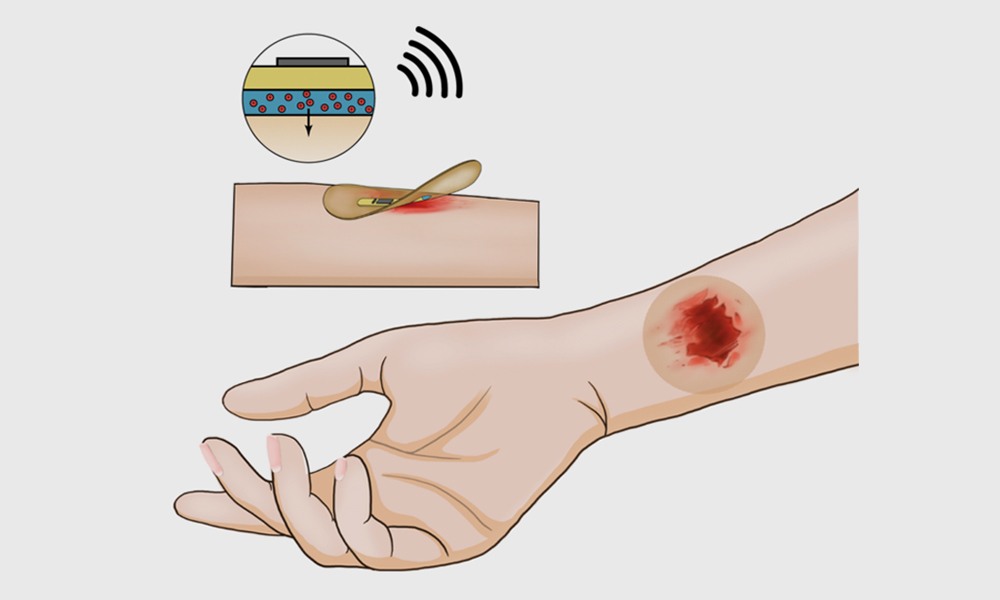Healthcare professionals have been making strides in medicine thanks to the aid of technology for years. And a fascinating new “smart bandage” is the latest nascent technology to see the light of day. Researchers at Stanford University have unveiled the smart bandage as a way to not only monitor a wound, but to speed up the healing process.
“In sealing the wound, the smart bandage protects as it heals,” says Yuanwen Jiang, the first co-author of the study and a post-doctoral scholar in the lab of Zhenan Bao, the K.K. Lee Professor in Chemical Engineering in the Stanford School of Engineering. “But it is not a passive tool. It is an active healing device that could transform the standard of care in the treatment of chronic wounds.”
The small bandage is made from wireless circuitry using electrical stimulation to accelerate tissue closure and reduce the chances of infection. Within, there are biosensors and a microcontroller unit (MCU), which is layered with hydrogel, acting as a courier for the electrical stimulation to the injured tissue. The entire process is monitored within the bandage and can be sent directly to a smartphone.
Developments are still in early stages and the researchers are working on ways to reduce costs, scale up production, and increase the size of the bandage for larger wounds. Moreover, some testers reported irritation due to the hydrogel. But, these promising early steps suggest there’s a future for this technology.





